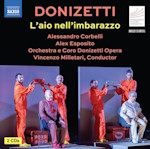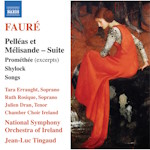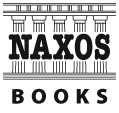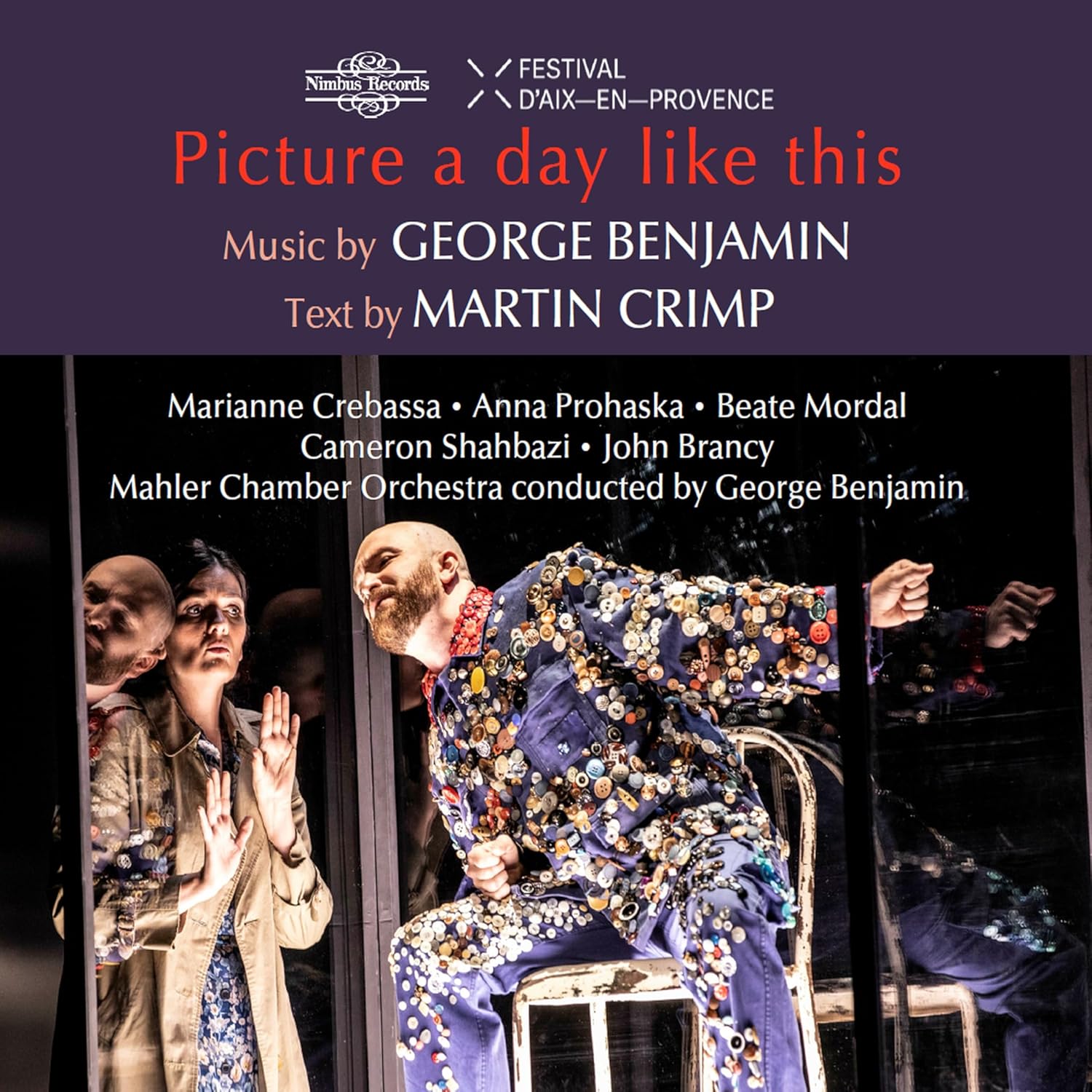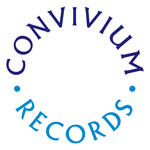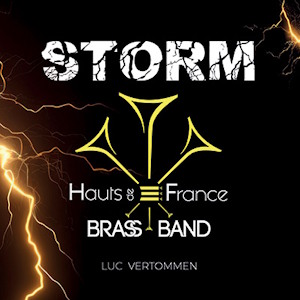
Storm
Haut-de-France Brass Band/Luc Vertommen
rec. 2024, Haubourdin Centre Culturel, Paul-André Lequimme, Lille, France
Reviewed from download
World of Brass DOYCD443 [68]
I was attracted to review this CD because it contains not only Bernstein but also Piazzolla arranged for brass band along with works by lesser known modern composers. The brass band movement is perhaps most associated with some of the less affluent areas of the UK, where heavy industry – e.g. mining and engineering – dominated their economy in the past. My recent review of the Heaton Legacy also points to the significant links between brass bands and the Salvation Army. It is perhaps lesser known that other areas of Europe have very active brass band communities, in particular Scandinavia, The Netherlands, Belgium – and indeed the 2024 British Brass Band Open Championships were won by Brass Band Treize Étoiles from Switzerland.
A further interesting fact about this CD is that the performers, the Haut-de-France Brass Band, hail from near Lille, in France. I quote from the website of Confédération musicale de France commenting on the development of brass bands in France: “The movement could have taken place in France very early. However, it was not until the 1980s that the first French brass band was born. According to Brindley Boon, a Salvationist historian, there is a reason for this: the French are cultured people. Classical music is anchored in their culture and they cannot look favorably on these brass bands and their low-grade music…” and “It was not until 1983 and the creation of the Brass Band du Val de Loire by Jean Paul Leroy, a trumpet professor at the Orléans Conservatory, that France finally saw the birth of its first Brass Band.” The brass band movement now seems to be growing and flourishing in France and this CD is a testament to the way it’s has done so with excellent musicianship from all concerned including the music arrangers and composers. The band’s conductor is Luc Vertommen who has also arranged much of the music on the CD.
And so the music. The first piece is called Valasia Variants composed by Tom Davoren who is a composer specialising in music for wind instruments as well as being a much respected brass band conductor. The piece starts off sounding very much like film music, broad and open. It has a driving rhythm and features solos for euphonium, cornet and tenor horn whilst the pace continues helped along by the sound of peeling bells.
The next piece, Bernstein’s Mass,was written for the opening of the John F. Kennedy Centre for the Performing Arts in Washington D.C. on September 8 1971. On this CD, it has been arranged for brass by Luc Vertommen, who focusses on six parts of the music played without a break:
i. Alleluia
ii. Sanctus
iii. Agnus Dei
iv. A Simple Song
v. Offertory
vi. Almighty Father
It’s a piece containing the usual high energy Bernstein music with lots of beautiful slow melodic reflective motifs mixed in – the overall mood particularly in the second half is peaceful and relaxing.
Caprice for Cornet was composed by William Himes who is a US-based musician. The cornet solo is dedicated to the memory of Joshua Olson who died at the age of twelve, but before that he had led an active life, including playing the cornet in his local Salvation Army Band. The cornet is used by brass bands in preference to the trumpet; it is smaller than a trumpet and typically in Bb, producing a more mellow sound than a trumpet. The music is light-hearted and certainly virtuosic; the central section becomes rather jazzy before it regains the light, ethereal atmosphere of the beginning of the piece. The CD notes tell us” Appropriately, the work is based on the chorus I’m so happy and the old gospel song, Jesus is all the world to me”. It’s a lovely jolly piece, full of life. The cornet soloist is Cédric Gesquiere.
Storm, by Thibaut Bruniaux, a contemporary French composer and conductor of brass band music is based around a simple motif played by cornets and trombones. It’s atmospheric, lively and driven with a quiet peaceful, calmer section in the middle, before we return to the high energy music at the end. The piece seems to be as much about the peace after a storm as the storm itself.
For the next piece, Guadalquivir (Rhapsody for Euphonium), we travel to Spain. It is a work for solo euphonium and brass band that traces the twisting journey of the famous Spanish river across the Iberian Peninsula. The CD notes describe the work in the following way: “From the peaceful mountains where it rises to the turbulent plains, the music oscillates between serenity and torment, reflecting the river’s meandering route.” Its composer is another contemporary French musician, Hans Loir who wrote the piece specifically for Lilian Meurin the soloist on this recording. We begin with a period of relative “torment” before we are eased with a more peaceful melody. I spoke earlier of the mellow sound that a cornet can deliver; in my view, a euphonium can do the same with a deeper, softened tone. After a short pause, we are certainly in a more serene stage of the river’s progress with a delicious mournful melody, then the torment returns, but this time it’s fast and flowing, requiring skilful, virtuosic playing.
Our next composer is Dougie MacLean, whose piece Caledonia is often referred to as the Scotland’s unofficial national anthem, Caledonia being the Latin name for Scotland. It is arranged on this CD by Luc Vertommen. The nostalgic, well-known melody is played softly by the Hauts-de-France Brass Band. This is a very pleasing track.
Our final composer is Astor Piazzolla; two of his works feature on the CD both arranged for brass band by Vertommen. The first is Ave Maria from Piazzolla’s score for the 1984 Marco Bellochio film Enrico IV (Henry IV). Initially, it was called Tanti anni primo but the song is also known as Ave Maria, a later name most likely given it for commercial reasons by Piazzolla’s agent. Although originally for oboe and piano, the version for flugel horn and brass band proves to be as effective. The soloist Arnaud Peru opens the piece with a smooth meditative melody where clear well-articulated tones stand out, then the symbols signal music with more dissonant chords yet it is equally as beautiful and sentimental until the end. The broad, melodic lines show off the composer’s lyrically Romantic side.
Piazzolla is perhaps best known for his tango music and the final piece on the CD is Suite from Maria de Buenos Aires. The workis a tango opera with music by Astor Piazzolla premiered in Buenos Aires in 1968. Luc Vertommen transcribed a four-movement suite out of the original opera. The surreal plot centres on the experiences of a sex worker named Maria in Buenos Aires, Argentina. After her death, she is condemned to hell and she becomes the soul of the streets of Buenos Aires, her shadow now walks the city. It has four movements.
I Alvelare is the prologue to the tango opera. It has a lazy style and, not surprisingly, a tango beat.
II Yo Soy Maria is an aria in which Maria introduces herself. On this CD, it’s full of rolling, upbeat music and once again the tango influences can be heard throughout. It is a happy piece.
III The Balada Renga Para un Organito Loco recounts the death and subsequent resurrection of Maria. Again, a lazy style and lots of rhythm characterise this movement but it does become more mournful and reflective as it progresses.
IV Fuga Y Misterio is an instrumental piece from the opera that gracefully concludes the story of rebirth. The Fuga begins with an agitated cornet solo, swinging on a scale that is repeated in turn by the other instruments and is made livelier with jazz rhythms from the percussion. The slow Misterio lyrical melody is related to Maria’s main theme and fades gradually away until it evaporates. The lively music of the beginning of the piece concludes it all in an energetic ending.
I was intrigued by what the CD might hold, bearing in mind we have the music of Bernstein and Piazzolla along with several contemporary composers. I was not disappointed; this is a great choice of music, played very well, making for a very entertaining CD.
Ken Talbot
Availability: World of BrassContents
Leonard Bernstein (1918-1990)
Suite from Mass (1971)
Thibaut Bruniaux
Storm
Tom Davoren (b. 1986)
Valasia Variants
William Himes (b. 1949)
Caprice for Cornet
Hans Loir
Guadalquivir (Rhapsody for Euphonium)
Dougie MacLean (b. 1954)
Caledonia
Astor Piazzolla (1921-1992)
Ave Maria (1984)
Suite from Maria de Buenos Aires (1968)


